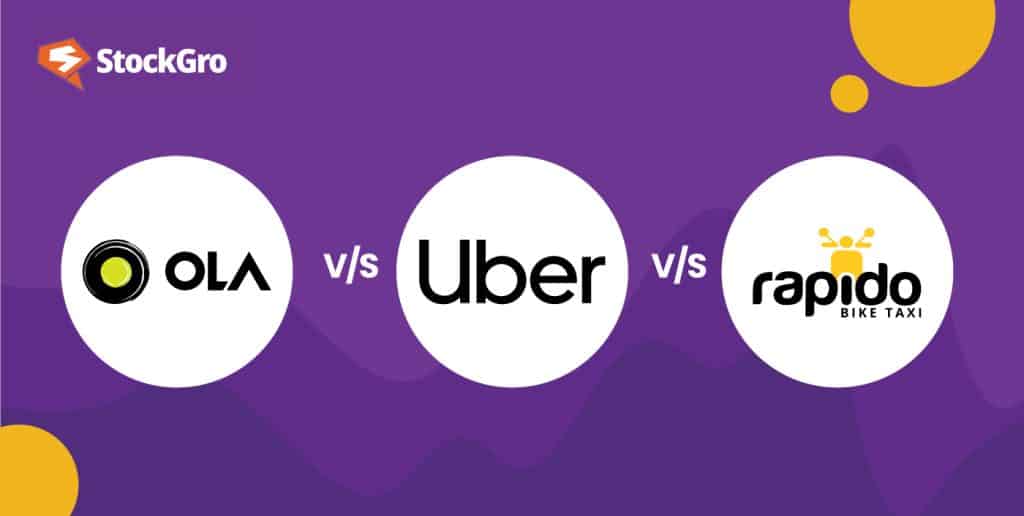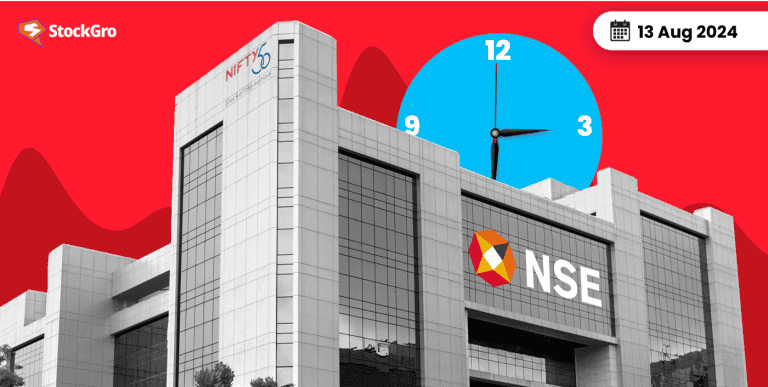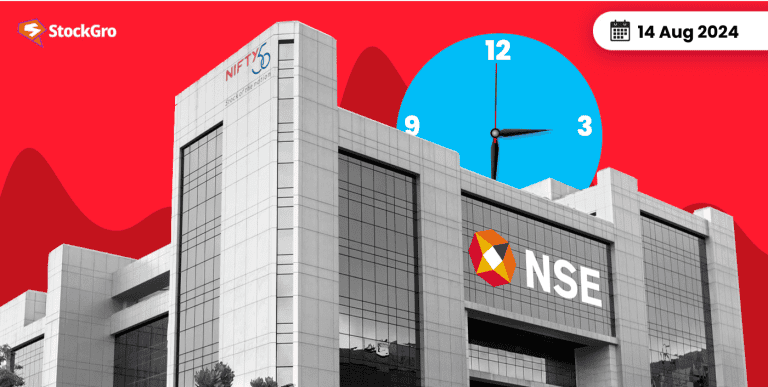
The Indian taxi market is vast, offering various ways to book rides—whether through digital platforms or the more traditional offline routes. Services range from ride-hailing to ride-sharing, with options spanning motorcycles, cars, and even vans.
In this blog, we explore the digital segment of this industry, focusing on dominants such as Ola, Uber, and Rapido, who are transforming urban mobility, making it more efficient and within reach for everyone.
About the ride-hailing industry in India
Ride-hailing allows users to book a vehicle via a mobile app for convenient travel. Unlike traditional taxis, these platforms offer features like cashless payments, live tracking, and diverse transport options.
India’s mobility sector is on a steep growth trajectory. The taxi market is expected to reach ₹38.90 billion by 2029, rising from ₹20.61 billion in 2024. Urbanisation and increased smartphone penetration are key drivers of this expansion. Though Uber and Ola have long been the leaders, the industry is seeing a shift. New players like Rapido are challenging the established players and expanding their market reach.
Also read: Automobile industry in India
Ola
Ola, co-founded by Bhavish Aggarwal and Ankit Bhati in 2010. Spanning over 250 cities, it delivers transport options ranging from cabs to auto-rickshaws, tailored to different journey needs, whether within a city or across states. In FY23 there were more than 457 million rides hailed at a rate of approximately 1.5 rides per second.
The parent entity is ANI Technologies. Beyond standard rides, the company is also into electric vehicles through its Ola Electric, which recently had its public offering. Ola Fleet Technologies manages a vast network of vehicles ready to serve, while Ola Skilling invests in training the youth, enhancing their employability in the evolving transport sector. Ola is also into financial products via Ola Financial Services.
Ola’s growth in India is driven by three distinct strategies, each targeting different facets of its operations.
Premiumisation: With offerings like Prime+, Ola focuses on providing a premium journey. It’s about ensuring that passengers enjoy seamless, efficient rides, backed by top-rated drivers and a commitment to zero cancellations.
Penetration through electrification: Ola sees the future in electric vehicles. By integrating EVs into their fleet, they aim to revolutionise urban transport, making it more economical and sustainable for users and drivers alike.
Advancing through innovation: Ola’s tech strategy is all about pushing boundaries. From their custom-built mapping system to AI-driven customer support, the company is transforming how they connect with users, creating a more intuitive and responsive platform.
You may also like: Here’s everything you need to know about Ola Electric’s IPO
Uber
Entering the Indian market in 2013, Uber quickly established its presence in over 125 cities. By offering a variety of services—ranging from cost-effective rides like UberGo to integrating local favourites like auto-rickshaws—Uber successfully adapted to the diverse needs of Indian commuters.
Here are some of their strategies for Indian customers:
Driving zero-emission rides: Focusing on sustainable transport, Uber has introduced zero-emission options in Delhi, Mumbai, and other cities. Beyond simply adding EVs, they’re constructing a broad charging network through key collaborations.
Integrating with digital infrastructure: To deepen its role in daily commutes, Uber is leveraging digital networks, allowing users to book public transport directly through its platform. The Open Network for Digital Commerce-ONDC collaboration is a pivotal step in this direction.
Strategic collaborations: Aligning with industry giants like Tata for their Tata Neu platform, Reliance for fast-charging Uber EVs with JioBP and Adani for integrating services into the Adani One app, Uber is embedding its offerings into broader platforms and enhancing the user experience. Collaborations with leading companies are set to expand its reach and presence.
Customising for local needs: Tailoring global solutions to local contexts, Uber’s development hubs are reworking technology to better suit regional demands. This approach ensures that its offerings resonate more strongly with local users.
Technology: The development hubs in Bengaluru and Hyderabad support essential operations like the Rider app and payment systems. Looking ahead, Uber plans to delve into financial services with the potential launch of Uber Money in India, introducing new financial products that could reshape the market and challenge local competitors.
You may also like: What does the EV boom mean for auto stocks?
Rapido
Since its inception in 2015, Rapido has tapped into a unique niche within India’s urban transport landscape by providing quick and affordable mobility through bike taxis. The company has become a viable option for those in dense traffic cities, appealing especially to those who need a swift, economical way to travel.
Here’s the playbook of Rapido in India:
- Simple and inclusive: The platform enables users to book rides via a streamlined mobile app, connecting them with a ‘Captain’ who arrives on a two-wheeler. This system ensures both affordability and ease of use, making it highly attractive to daily commuters.
- Subscription-based model: What truly sets the platform apart is its subscription-based model for drivers. Instead of taking a commission from each fare, Rapido charges a fixed subscription fee, offering drivers a more predictable income.
- Penetration: Rapido’s expansion has been driven by a sharp focus on localisation and penetrating underserved markets. By concentrating on Tier II and Tier III cities, the platform has established a strong presence in regions often neglected by larger competitors. This localisation allows Rapido to tailor its offerings to the specific needs and preferences of these areas, ensuring broader appeal and customer loyalty.
- Parking solutions: The company is exploring additional vehicle categories and integrating new features, such as parking solutions within its app. This forward-thinking approach aims to keep the platform adaptive and responsive to the evolving needs of its users.
Financial performance: Ola Vs Uber Vs Rapido
| Metric | Ola (FY23) | Uber (FY23) | Rapido (FY23) |
| Revenue ( ₹ crore) | 2,799 | 2,666.1 | 497 |
| Revenue growth | 42% | 54% | 214.50% |
| Net loss ( ₹ crore) | 772.2 | 311.3 | 674.5 |
Ola pulled ₹2,318.44 crore in revenue from operations, yet this came with a hefty loss of ₹772.2 crore. Uber India’s revenue at ₹2,666.1 crore, managed to keep its losses lower at ₹311.3 crore, reflecting a different financial discipline.
Rapido, focusing on bike taxis and autos, showed a dramatic leap, tripling its revenue to ₹497 crore. However, the cost of this aggressive expansion was high, as evidenced by a substantial loss of ₹675 crore. Ola’s expansive portfolio, Uber’s scaling strategy, and Rapido’s niche focus all contribute to these varied financial outcomes, each telling a story of differing priorities and market approaches.
Bottomline
The ride-hailing industry in India showcases diverse strategies and financial outcomes among Ola, Uber, and Rapido. Each company adopts a unique approach to addressing market demands, resulting in varying levels of success and challenges.
As the market continues to evolve, these differences highlight the dynamic nature of the industry and the ongoing competition for market leadership.

